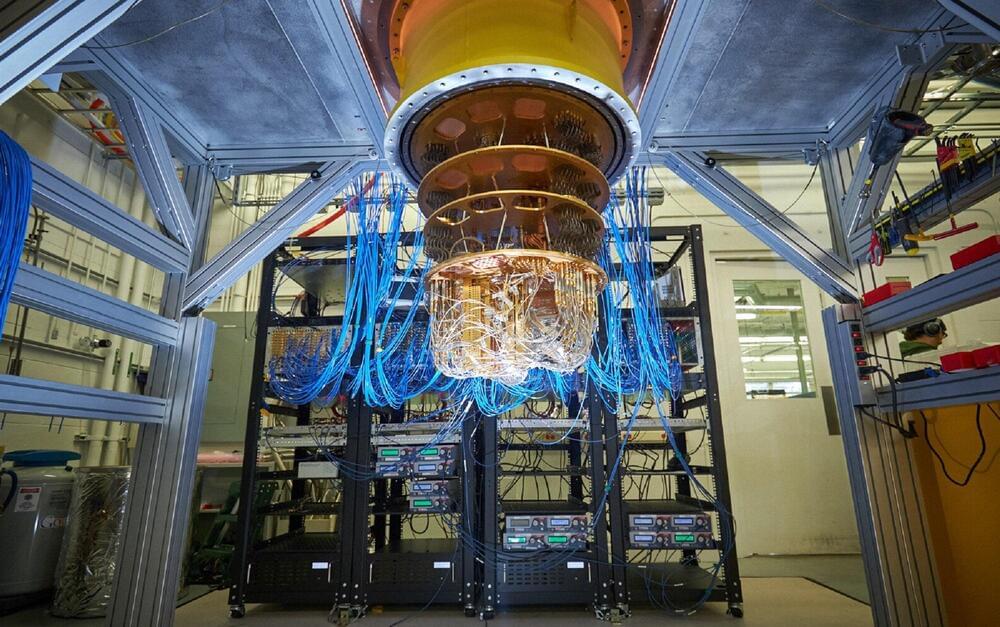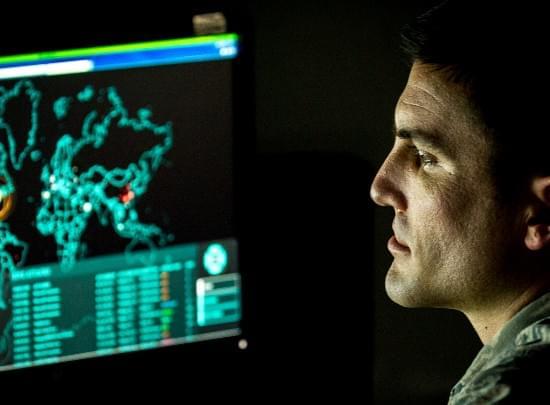All journalists who cover violence enjoy macabre humor. If not, they will go insane.
Mark Pedelty noted in his lauded anthropological study War Stories: The Culture of Foreign Correspondents that we can be a human being or a journalist, but not both.
The game card above reenforces Pedelty’s observation that “reporters were forced to normalize the abnormal and routinize the absurd.”





